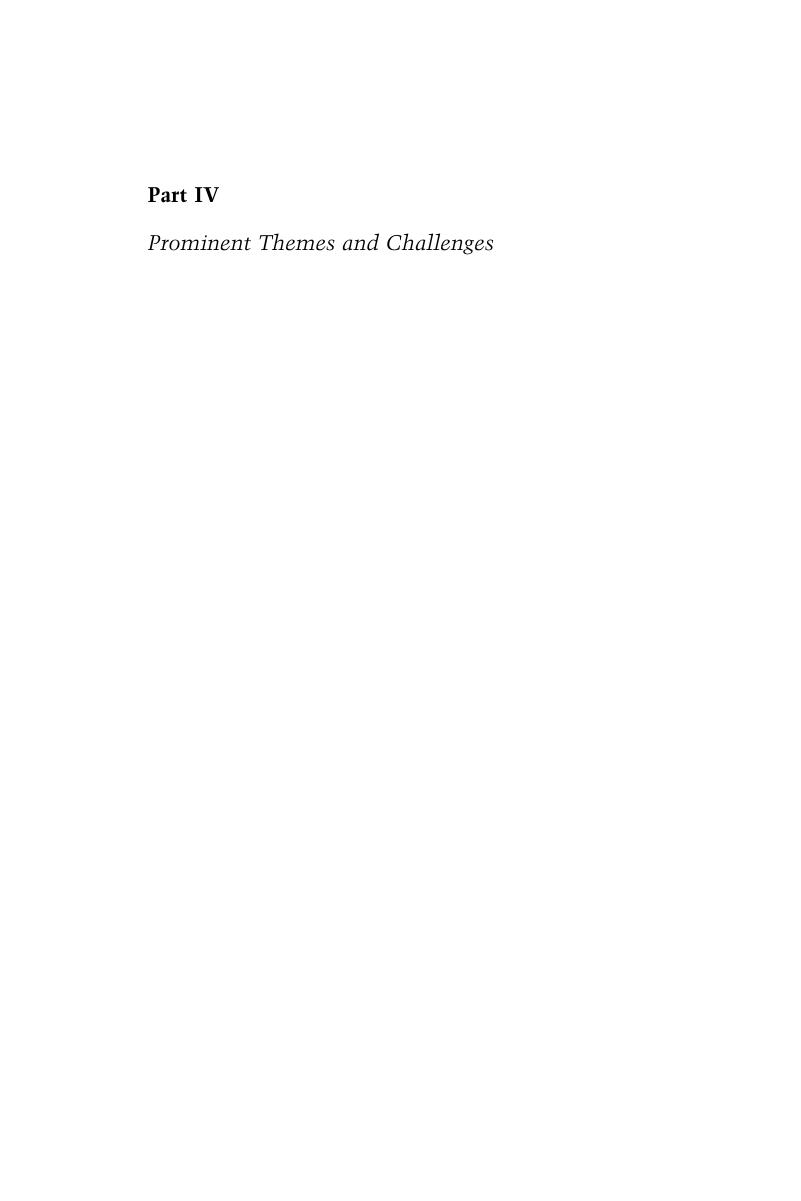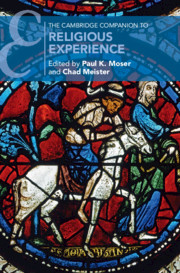Book contents
- The Cambridge Companion to Religious Experience
- Cambridge Companions to Religion
- The Cambridge Companion to Religious Experience
- Copyright page
- Contents
- Figures
- Contributors
- Preface
- Introduction
- Part I Characterizing Religious Experience
- Part II Religious Experience in Traditional Monotheism
- Part III Religious Experience Outside Traditional Monotheism
- Part IV Prominent Themes and Challenges
- Index
- Cambridge Companions to Religion
- References
Part IV - Prominent Themes and Challenges
Published online by Cambridge University Press: 20 June 2020
- The Cambridge Companion to Religious Experience
- Cambridge Companions to Religion
- The Cambridge Companion to Religious Experience
- Copyright page
- Contents
- Figures
- Contributors
- Preface
- Introduction
- Part I Characterizing Religious Experience
- Part II Religious Experience in Traditional Monotheism
- Part III Religious Experience Outside Traditional Monotheism
- Part IV Prominent Themes and Challenges
- Index
- Cambridge Companions to Religion
- References
Summary

- Type
- Chapter
- Information
- The Cambridge Companion to Religious Experience , pp. 237 - 334Publisher: Cambridge University PressPrint publication year: 2020



